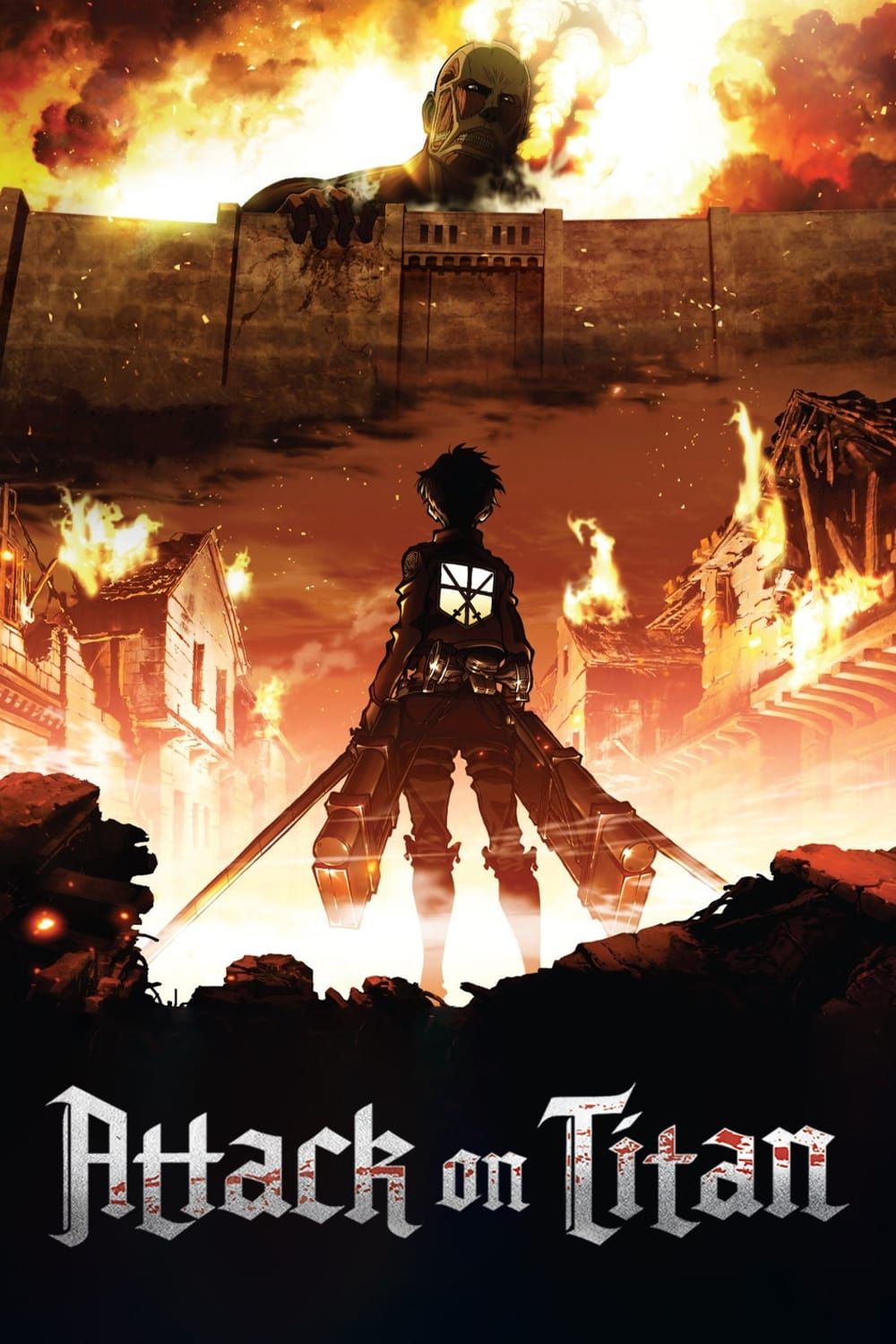She was even given a peaceful resolution and sympathetic sendoff.
Sashas death was personal for fans.
Her carefree spirit and comic relief made her a fan favorite, and her loss stung.
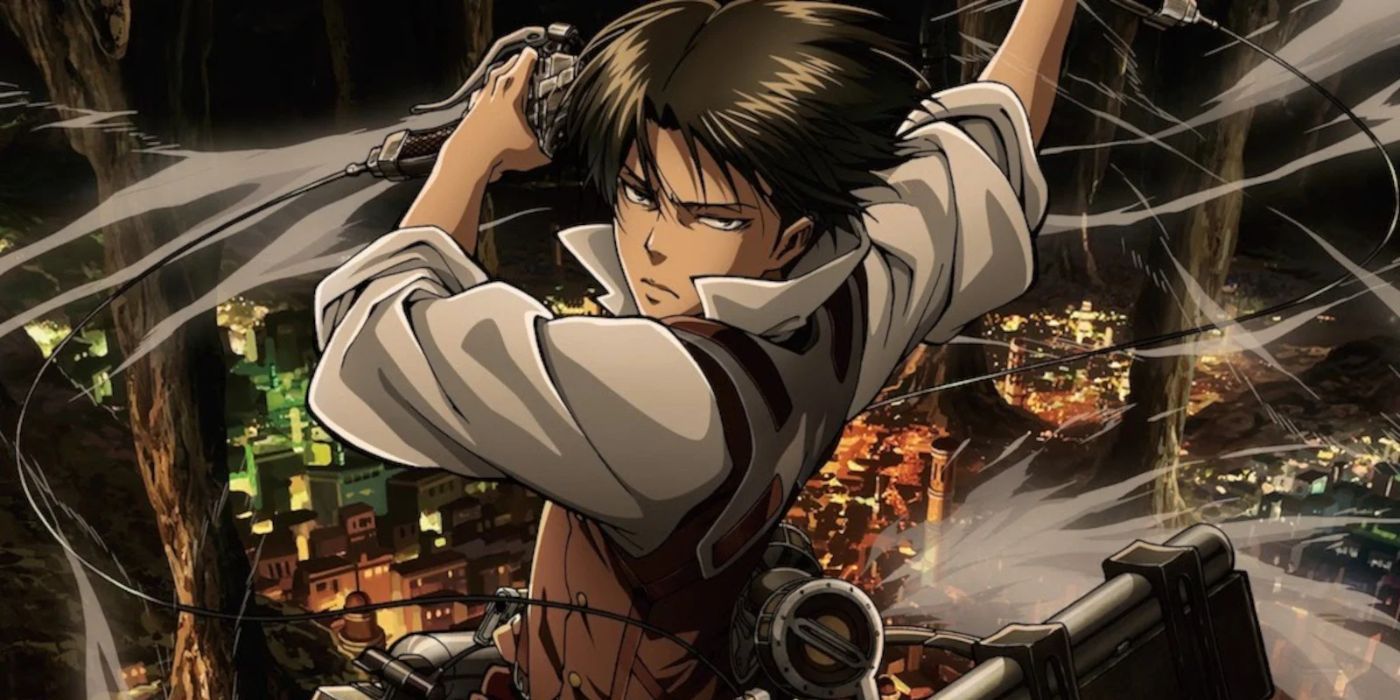
Gabis cold expression after pulling the trigger only added fuel to the fire.
Her growth was meaningful, and for some, redemptive.
Despite this arc of self-awareness and transformation, Gabi was never truly embraced by the fandom.
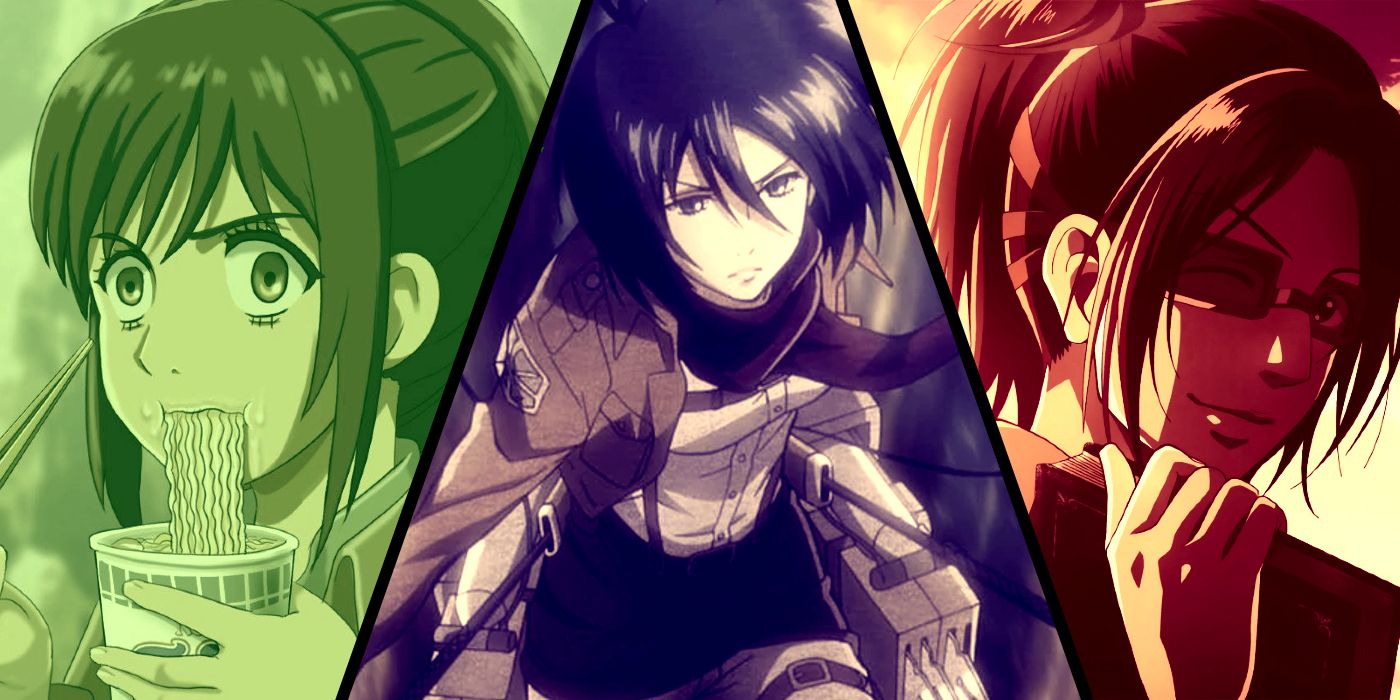
Memes, posts, and videos continue to vilify her.
Her actions were not born from panic or confusion; they were deliberate.
Even after her identity was revealed, Annie showed little remorse.
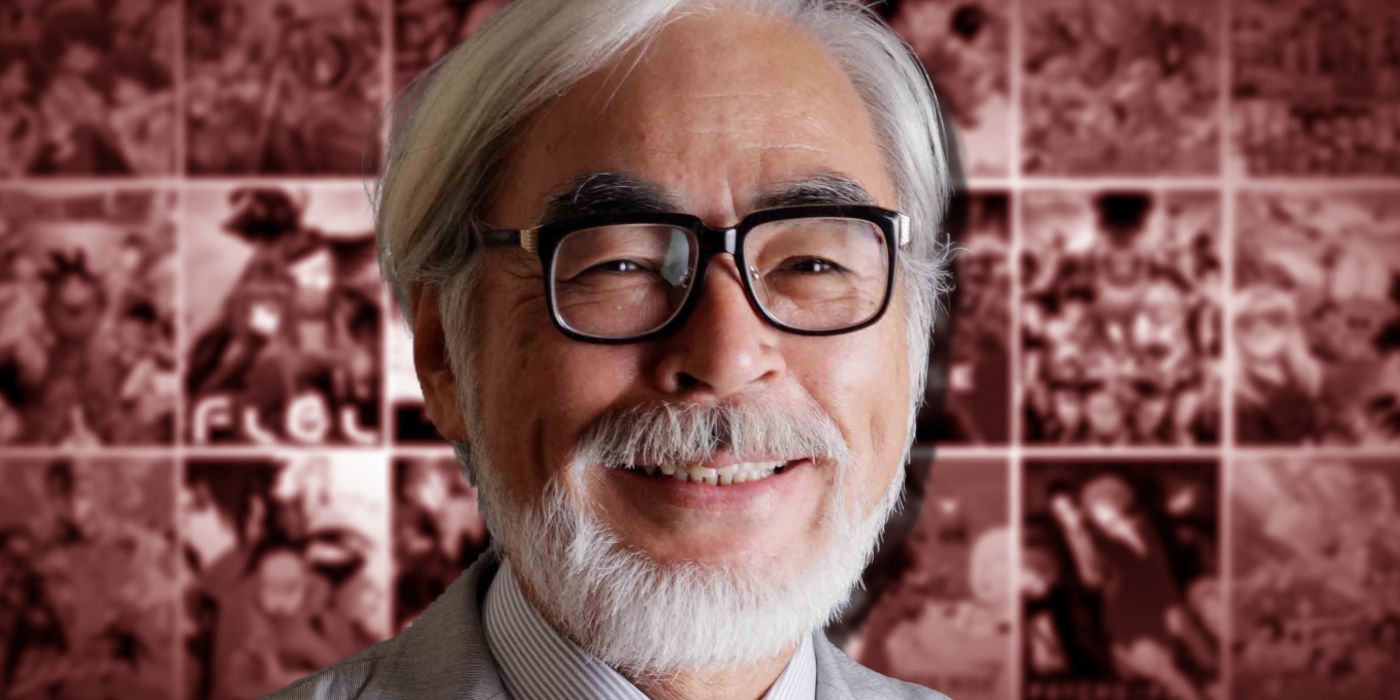
She encased herself in crystal, avoiding accountability for years.
This raises a troublingquestion about why Annie is granted empathy and redemption, while Gabi is ostracized and hated?
Either way, the moral discrepancy is glaring.
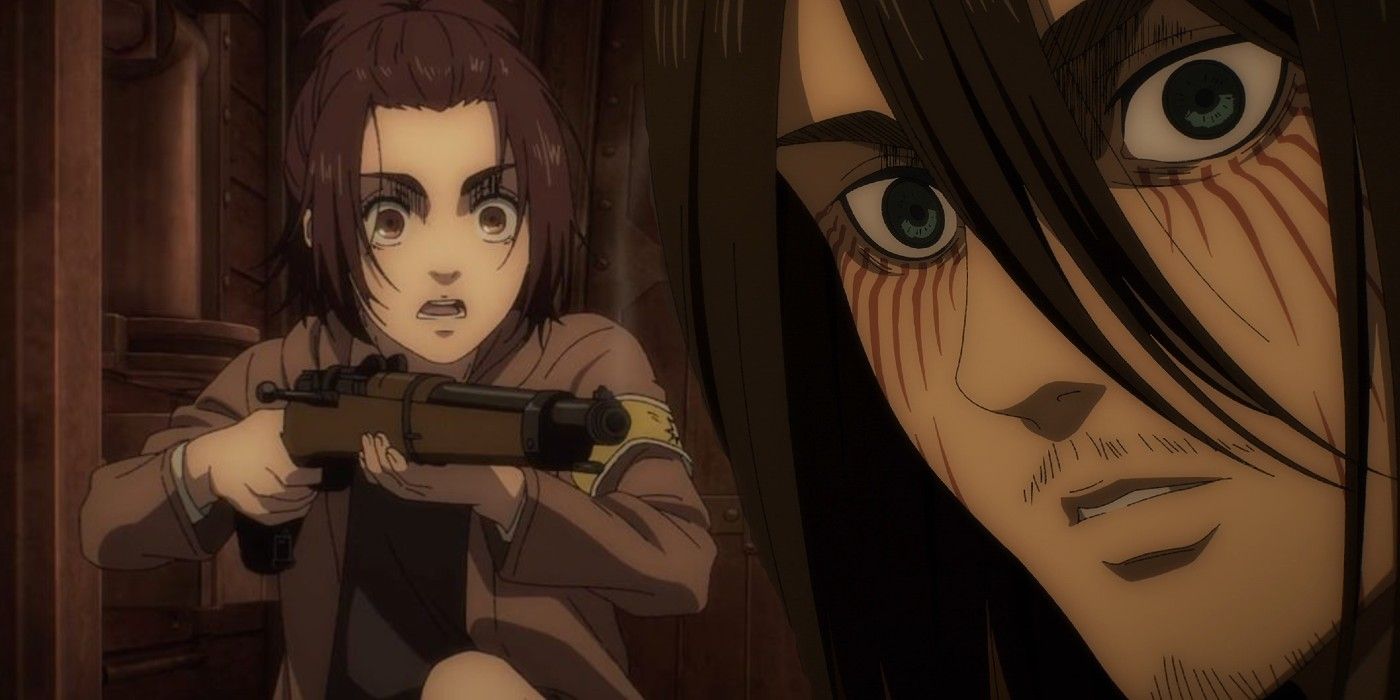
Annies body count and brutality far outweigh Gabis.
If actions truly speak louder than words, then Annie’s should scream for condemnation.
A stoic killer like Annie is somehow more palatable than a teenage girl lashing out in grief and rage.
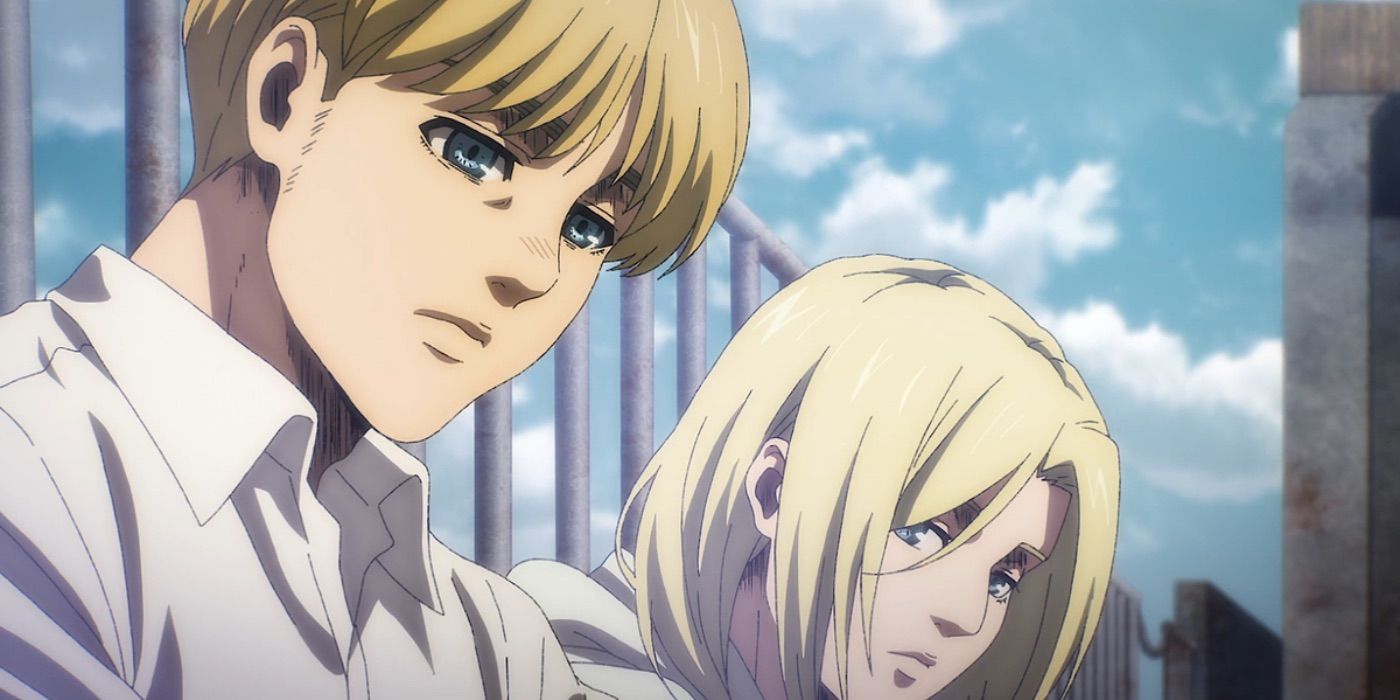
There is also the issue of aesthetics and personality.
Annie is aloof, cool, and emotionally distant, a character archetype that often garners intrigue and admiration.
These surface-level biases shape how viewers internalize characters stories, often unfairly.
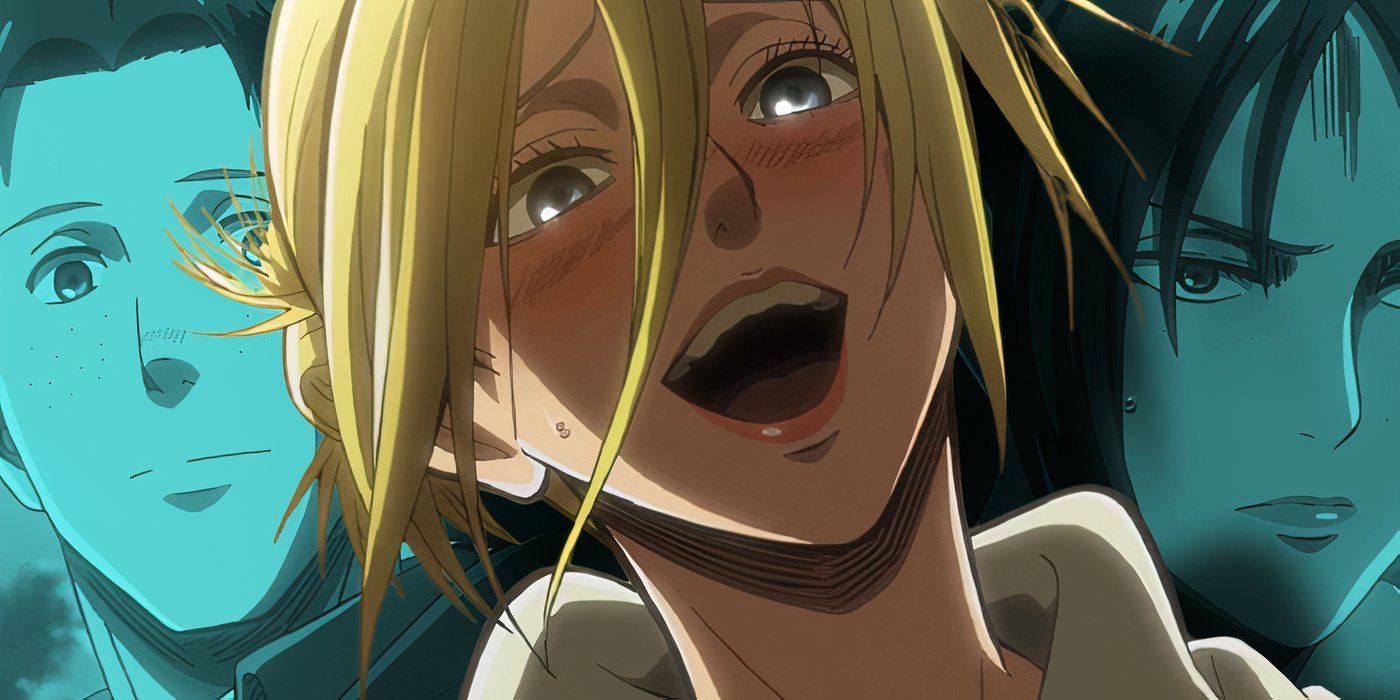
A stoic killer like Annie is somehow more palatable than a teenage girl lashing out in grief and rage.
Additionally, the narrative plays a role.
BothAttack on Titancharacters were indoctrinated children fighting wars they did not start.
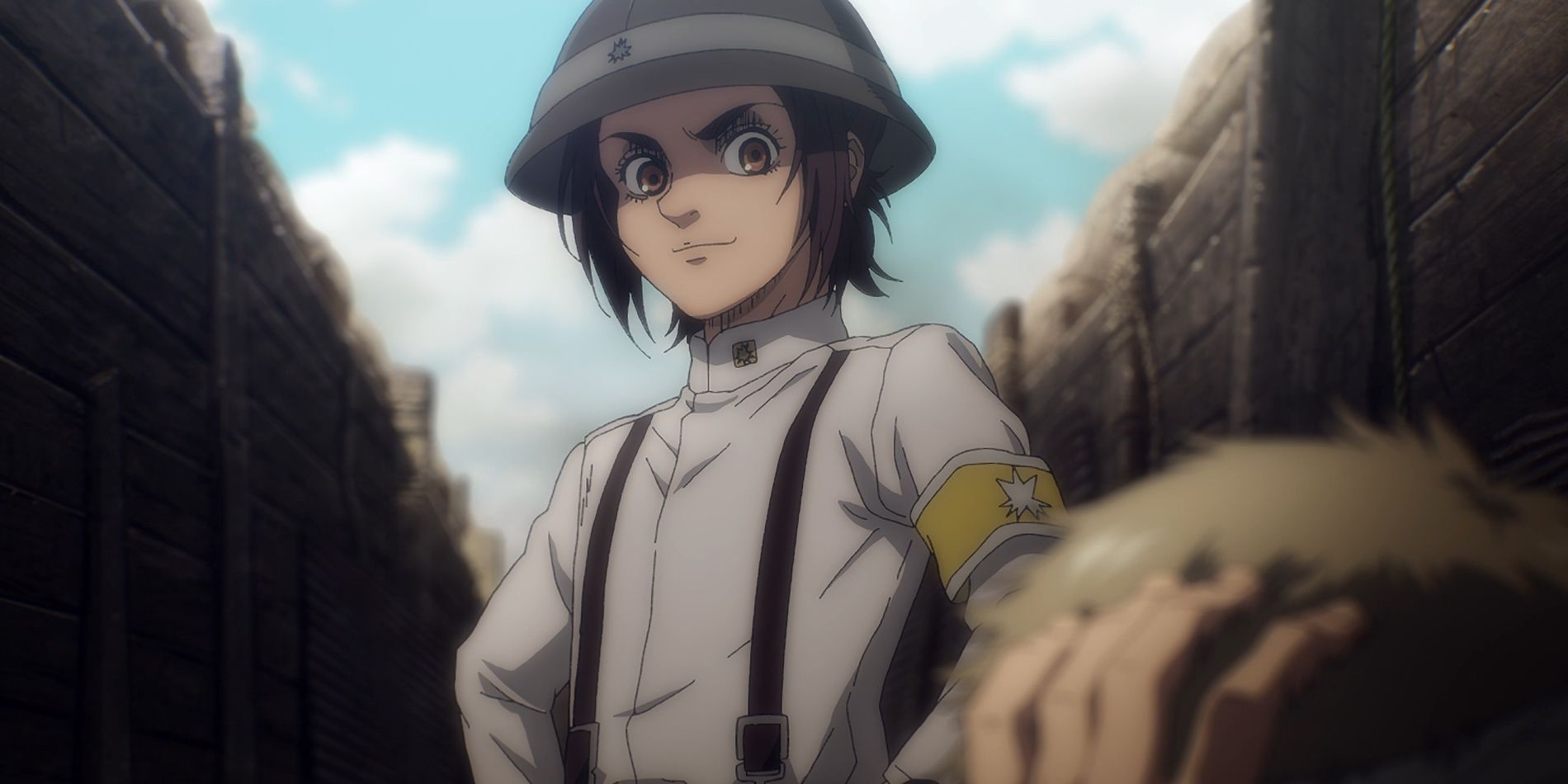
Both changed, questioned, and grew.
Attack on Titanis a globally successful manga and anime franchise created by Hajime Isayama.
Summary
Attack on Titan is a globally successful manga and anime franchise created by Hajime Isayama.
